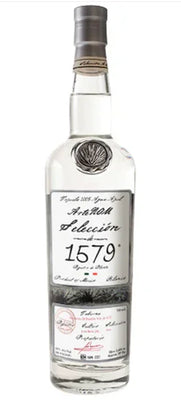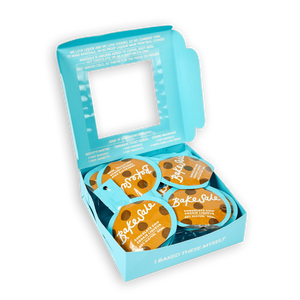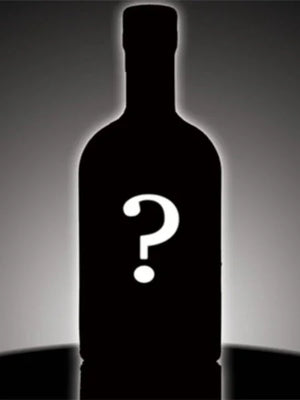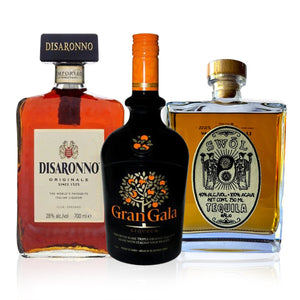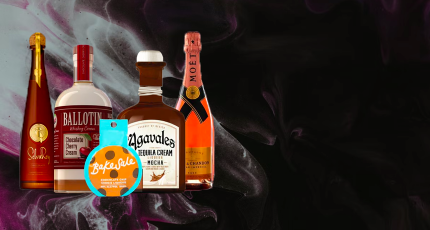The very first bartending manual, entitled How to Mix Drinks, offers a recipe for one of the first fire alcohol combinations, the Blue Blazer. The author of the manual, Jerry Thomas, suggests that the best way to mix this drink is “[t]o become proficient in throwing the liquid from one mug to the other,” and notes that practice with cold water is probably a wise idea.
Fire Liquor
Thomas added Scotch to a hot toddy, something he claims “tastes better to the palate than it sounds to the ear.” His elaborate fire liquor spectacle must have been amazing to witness. In the intervening 160 years, lighting alcohol on fire has produced many flaming cocktails. But why do we do it?
FAQs
1. Why Do People Light Shots on Fire?
It warms the drink. Fire, as most of us are aware, is hot. The upshot of this is that briefly lighting a drink on fire will bring up its ambient temperature. While some drinks are best enjoyed cold, a shot warmed by being lit on fire can make a nice after-dinner aperitif.
Lighting drinks on fire also affects the taste and sensation. A larger drink after a brief burn can warm the belly on a cold day. Most often, people drink for pleasure, and the sensation of warmth on the lips and in the throat only enhances an already pleasurable pursuit. However, if you are lighting alcohol on fire, just be aware of how long the drink has been aflame, as it may have heated the liquid or the container to a level that could cause burns.
Also - aesthetics are everything. Concerning what proof alcohol lights on fire, and why we do it, most bartenders, mixologists, and drinkers would agree that a drink lit on fire just looks good. Lighting a liquor on fire is all about presentation. Fire is both a fascinating and frightening element to humans!
2. What Happens When You Light Alcohol On Fire?
When a drink is set on fire, alcohol in the drink burns. As the alcohol burns off, the flavors of the other parts of the drink will condense and mix, enhancing one another. This reduction in liquid also affects the feel of the drink, which may take on a creamier texture with the loss of the liquid.
This is the same idea that informs the creation of creams in cooking. The loss of a small amount of liquid slightly changes the texture of the drink. In the case of Spanish Coffee, the flames on the drink caramelize sugar on the rim of the glass, providing a caramel-like flavor to accent the beverage.
3. What Alcohol Lights on Fire?
As with any use of fire, one should always be very cautious about lighting alcohol. It’s not just a matter of what proof alcohol lights on fire - there’s some science involved. Standard 80-proof alcohol will burn, but with a flashpoint (the point at which the liquid will combust) of about 70 degrees Fahrenheit, it may need to be warmed slightly. Overproof liquors are combustible at lower temperatures, which makes them easier to light and produces a much steadier flame.
4. How To Light Alcohol On Fire?
Use a lighter stick to avoid burning your fingers! Tilting the glass to an angle helps, condensing the alcohol into one corner, and then using your long lighter stick to set fire to the liquid. You can also hold the bottom or stem of the glass and rotate it, to make sure that the fire spreads evenly across the drink.
5. What Makes Alcohol Flammable?
Alcohol or ethanol burns in the air due to their hydrocarbon chains. When these hydrocarbon chains burn, they produce water and carbon dioxide.
Remember safety when lighting alcohol on fire
Another factor to consider when combining fire and liquor is where you’re doing it. Bars have been shut down for violating fire safety codes with their burning drinks. Always be aware of your surroundings and make sure there is no spilled or open alcohol in the vicinity of your burning beverages.
With a bit of preparation and a mind toward being safe, a flaming drink can be an impressive way to add ambiance and thrill to any kind of party.



